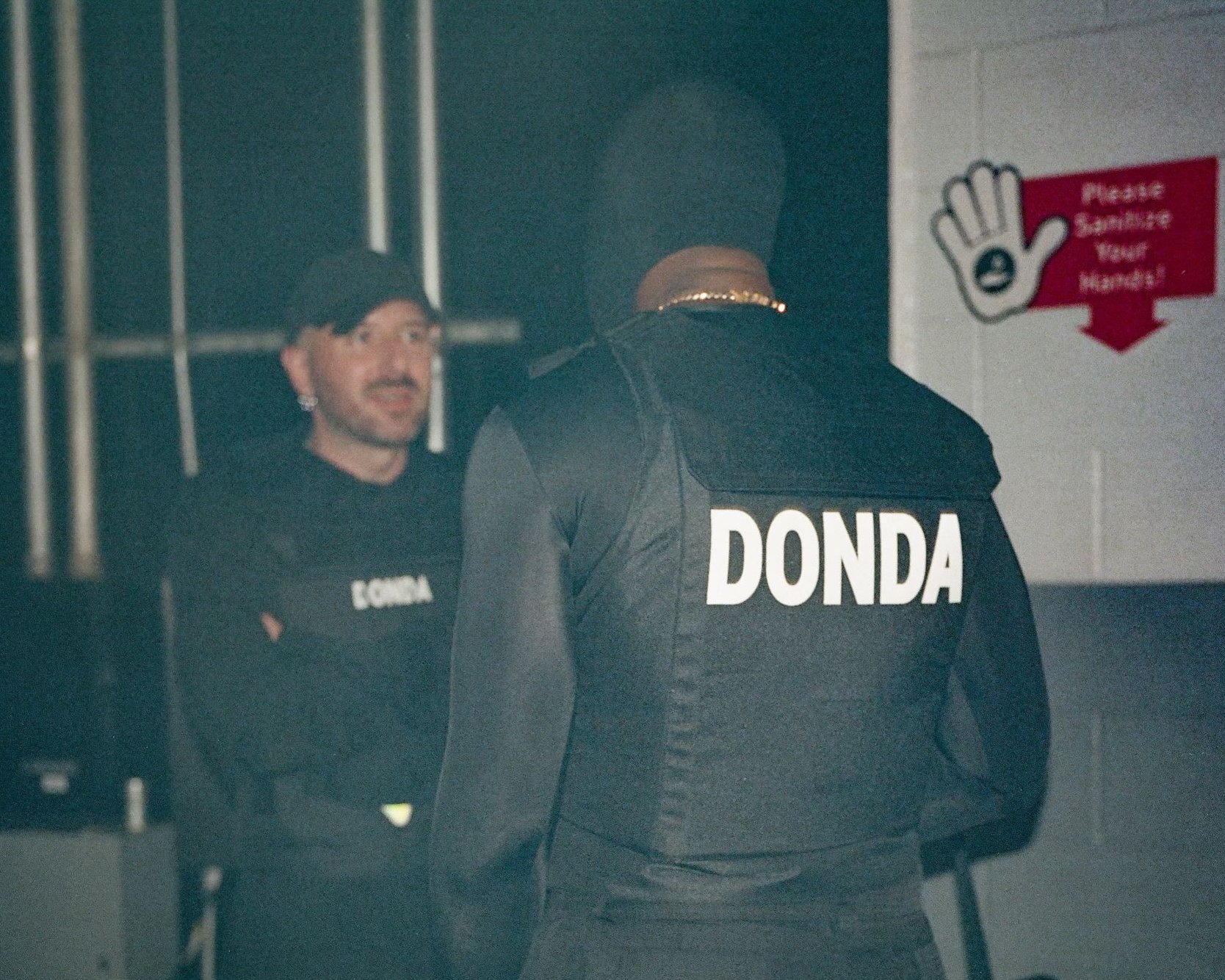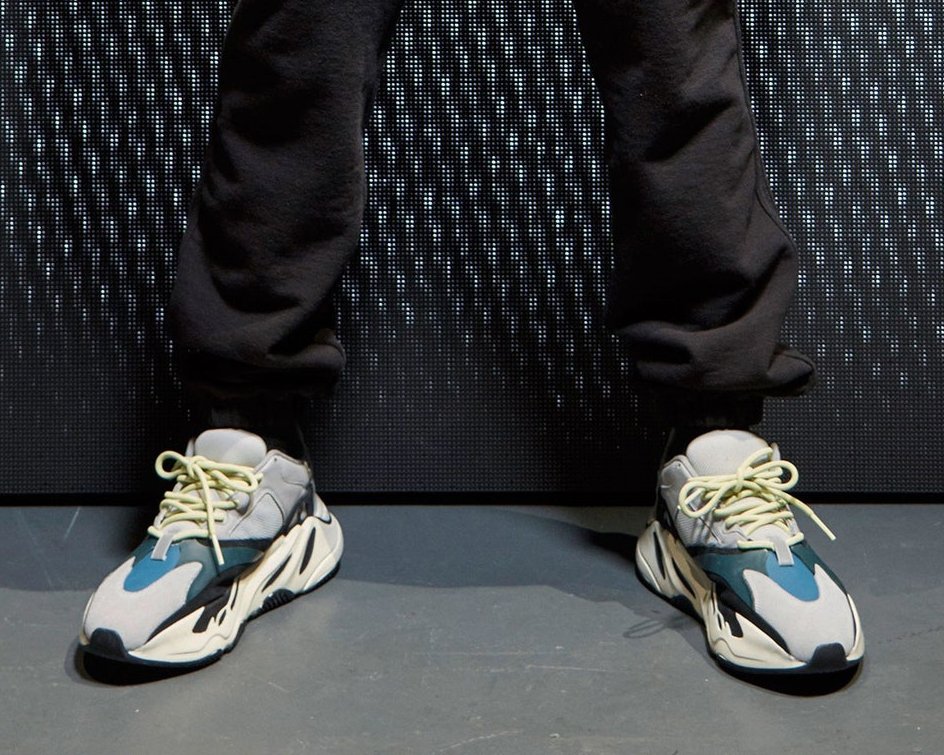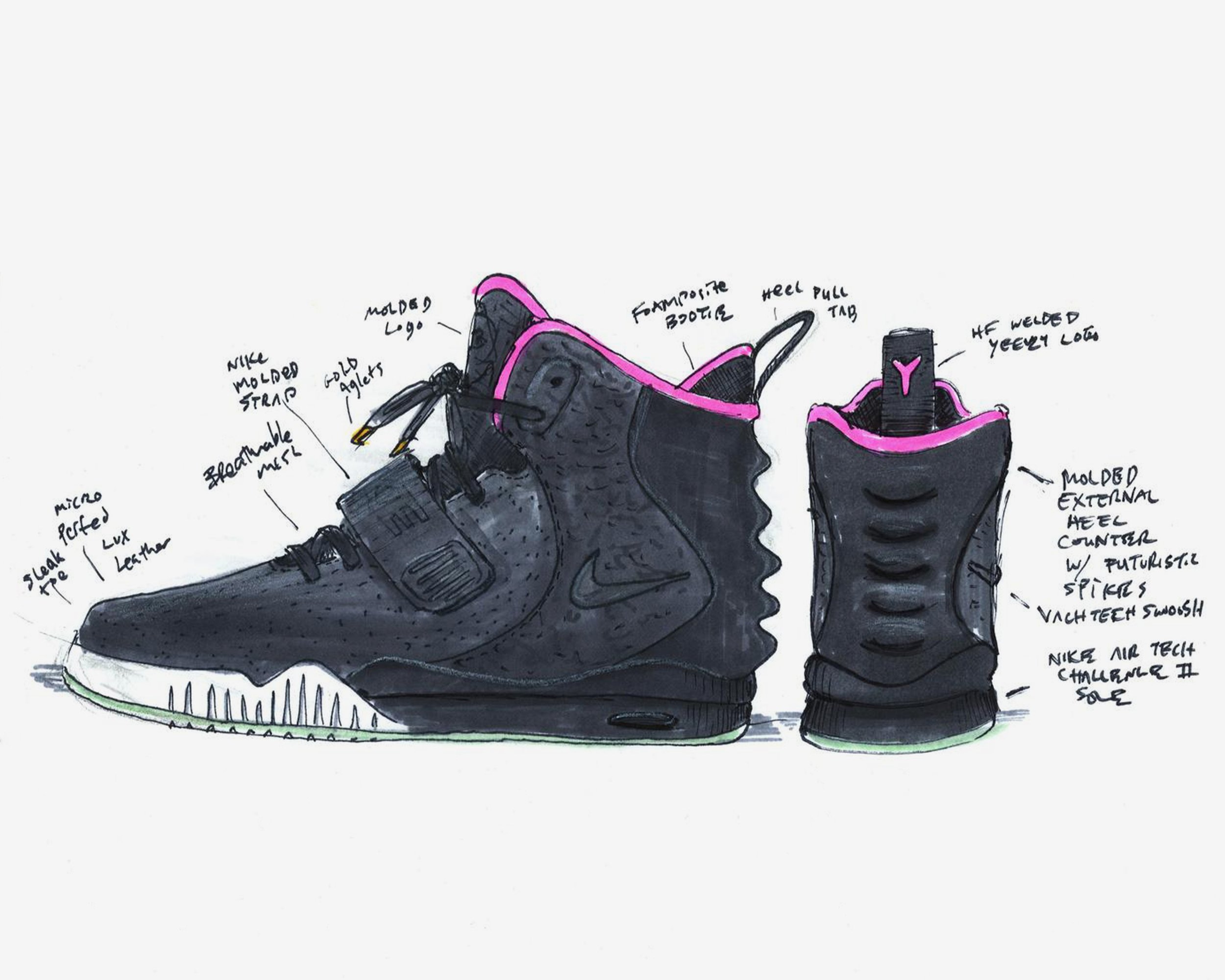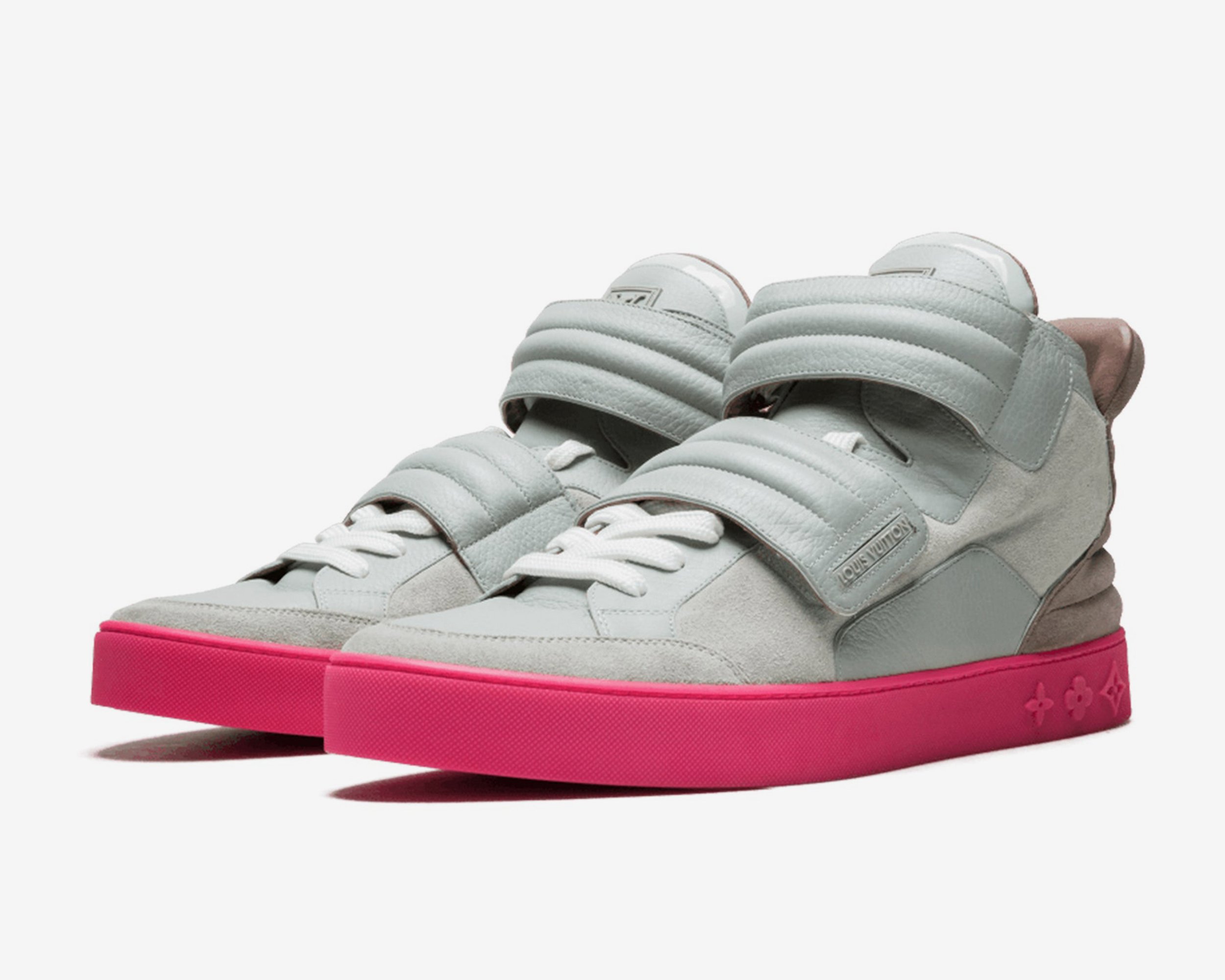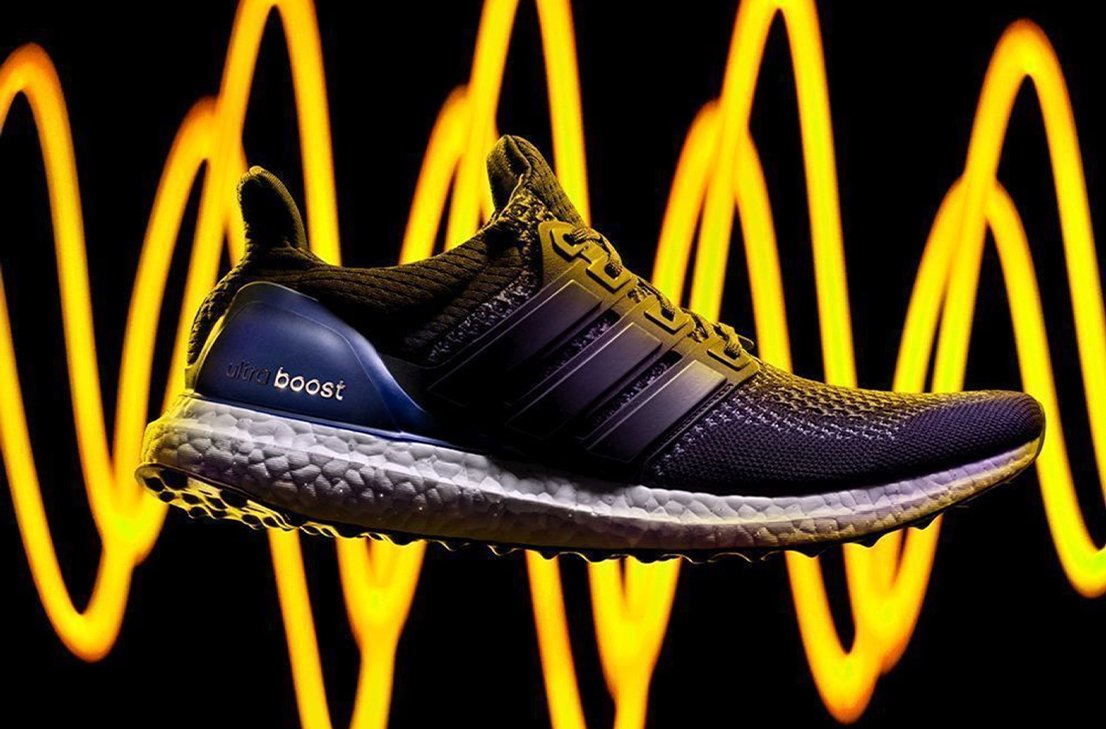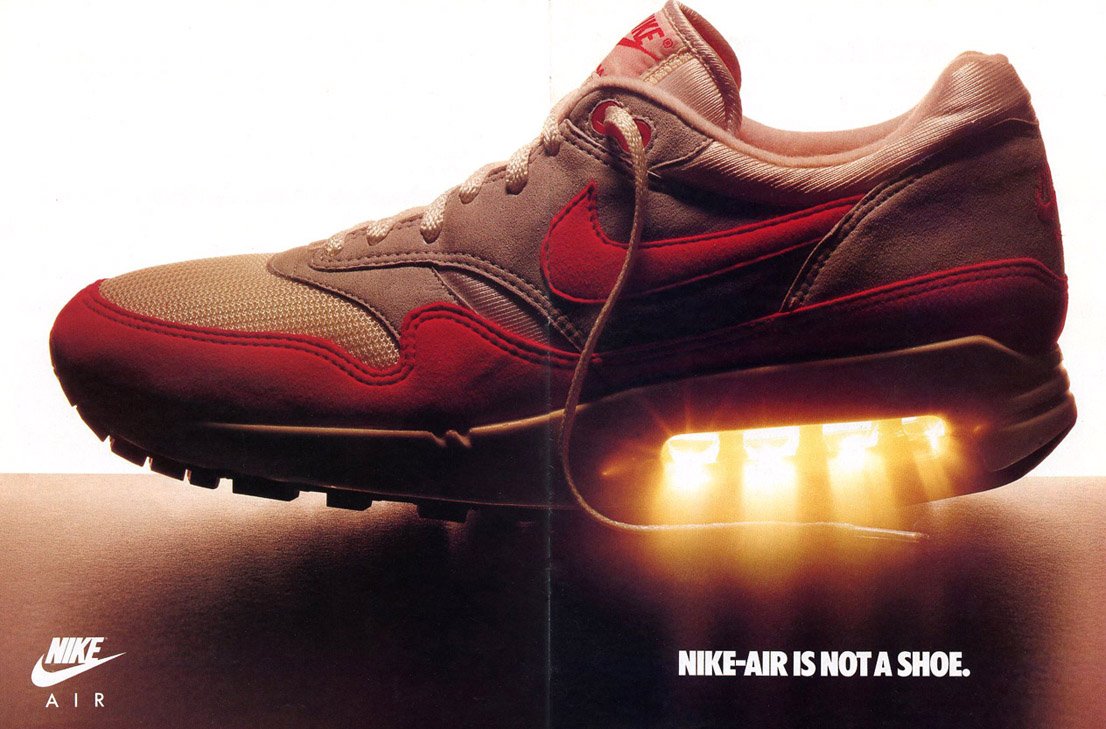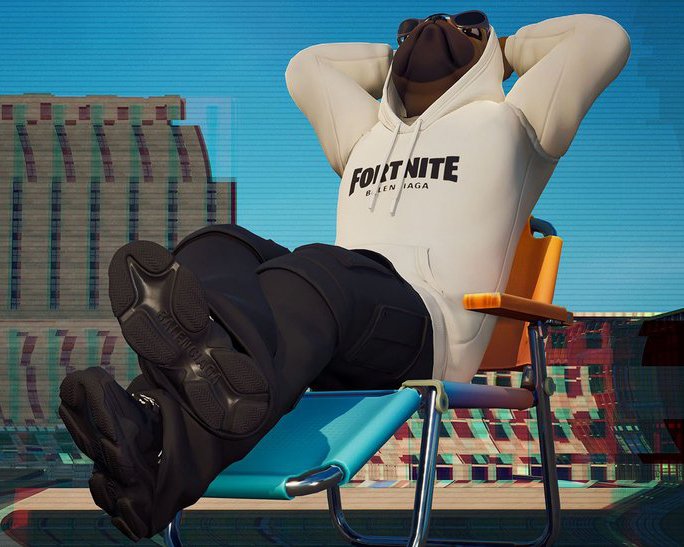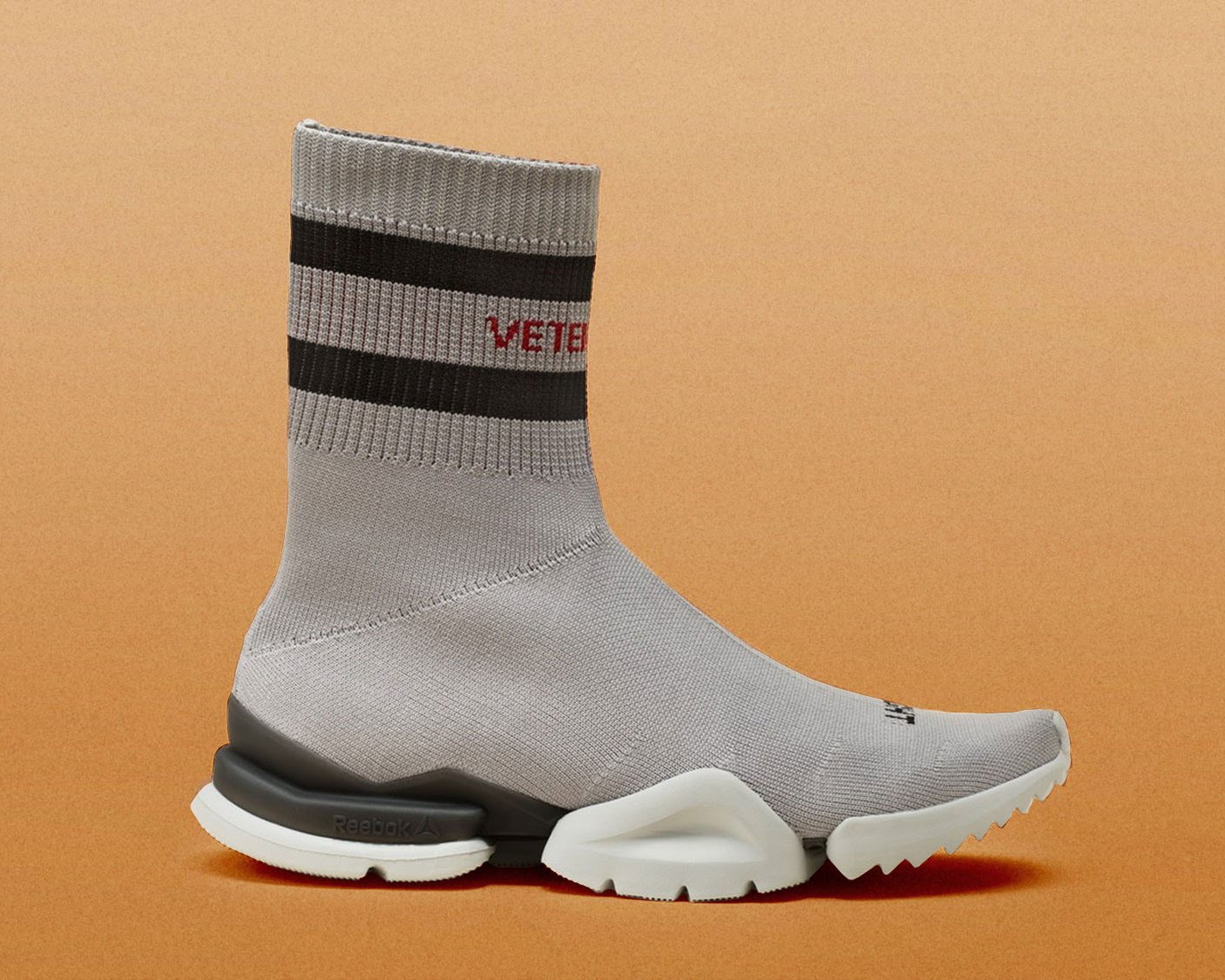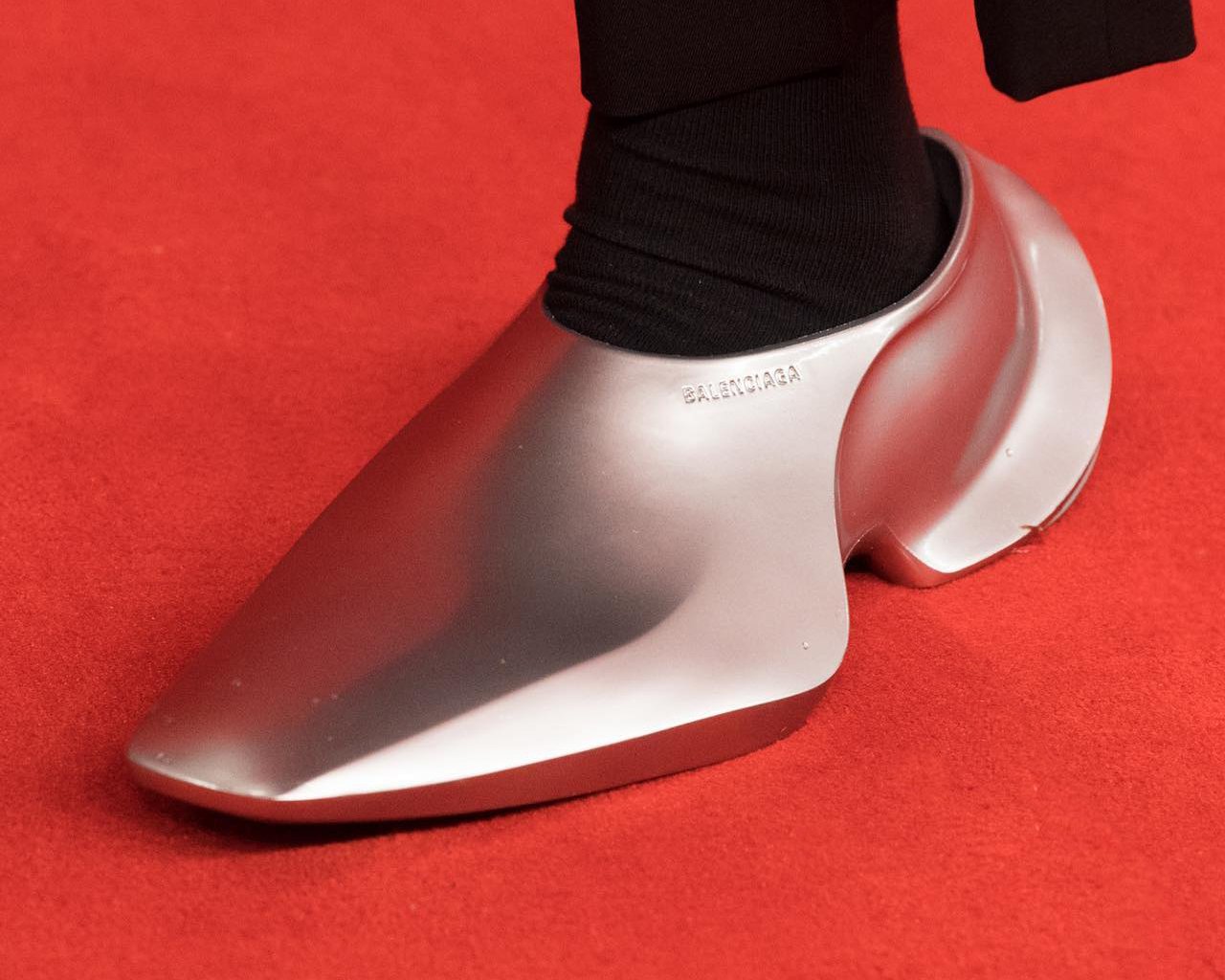Trust The Process: YEEZY and Balenciaga
A Revolution in Execution
Words: Siân Toolan
Picture this, it’s January 2017 and you’ve just witnessed Balenciaga’s Triple S for the first time. They were an exciting assault on the eyes, with an obnoxious silhouette and even bigger footprint. A luxury sneaker with an unlikely three-sole design, that had everyone and their mother clamouring to get their hands on a pair, despite retailing at $795. Designed by David Tourniaire-Beauciel under Demna Gvasalia, the Triple S not only commenced the era of dad shoes but provided time-stamped proof that luxury fashion and streetwear were no longer just courting, they were official, and virtually inseparable from one another.
Just a month later, we were introduced to the YEEZY Boost 700 ‘Wave Runner’ in YEEZY Season 5, a sneaker as forward-thinking and divisive as the Triple S (and Kanye himself). Developed with “The Godfather of Dad Shoes”, Steven Smith, the YEEZY Boost 700 exemplified Kanye’s ability to capture the zeitgeist and demonstrated a prominent shift in the industry as certified, legendary footwear designers moved from sportswear to high-end ventures.
In the years since, Balenciaga and YEEZY have come to dominate and define the contemporary footwear field, a field that has grown into the biggest-selling category in the online luxury market. This market not only provides the financial resources for creative, concept-led footwear design, but is unrestricted by sports performance or the designated way to do things. Combined with the provocative thinking of Demna or Kanye, Balenciaga and YEEZY have managed to capture some of the magic of the early days of contemporary footwear culture. With innovation, bold brand identities and even bolder marketing, Balenciaga and YEEZY releases have generated an excitement comparable to Nike’s heyday, before they had styles to re-issue and re-release. There are multiple factors to their success, but it’s far more than the right place and right time as today’s landscape was largely carved out by Kanye, Demna and their affiliates. The ‘Triple S’ marked the passage of the classic Balenciaga of Nicolas Ghesquière and Alexander Wang to the era of Demna. This one “ugly” shoe signified the apex of hype culture; a culmination of the years before and a guide for the years to follow.
It’s been over a decade since Kanye West first infiltrated the sneaker sphere, and his impact on the industry is quite unlike any other. He’s cultivated a fandom so devoted to his music and vision that they’ve found themselves immersed in the intricacies of sneaker culture. From popularising Raf Simons high-tops or Balenciaga Arenas (way before Demna) to his sci-fi inspired Louis Vuitton collaboration, Kanye had young sneaker-heads looking towards luxury, at a time when streetwear and high-end fashion felt worlds apart. In 2009, following his venture with Louis Vuitton, Kanye became the first non-athlete endorsed by Nike, spawning two of the most coveted sneakers of all time: the Air Yeezy 1 and 2.
In 2012, at the time of the Air Yeezy 2 and hot-on-the-heels of Flyknit, Nike seemed an unstoppable force. Commanding close to 60% of the market share of athletic footwear, there was little, if any, competition. But, things were about to change. In 2013, Adidas revealed its Boost technology, an alternative to foam that promised comfort and a greater energy return, ready to revolutionise the running industry. In the same year, in a move that rocked the industry, Adidas signed Kanye. Despite growing sales of the Air Yeezy 2, Nike’s stringent production demands, limited royalties and creative procedures left Kanye unfulfilled, creating an irreparable rift, so much so that Kanye’s ‘Facts (Charlie Heat Version)’ functions as a Nike diss track.
Kanye and Adidas emerged as the new power couple, as an attempt by the brand to return to the golden era of Run DMC rocking shell-toes. Unlike Nike, Adidas handed over complete creative control to Kanye, embracing his celebrity and approach to scarcity and exclusivity by way of product drops. A departure from Kanye’s work with Nike, which was nostalgic for the shoes of the past, Adidas’ YEEZY would work with the brand’s Boost technology to look to the future, innovating new shapes and pushing the boundaries of sneaker design. When the second amalgamation released in 2015, following the adidas YEEZY 750, the YEEZY Boost 350 ‘Turtle Doves’, Kanye captivated the industry with their intricate woven knit upper and rounded, sculpted Boost encapsulating sole. The YEEZY 350 V2 built upon the 350’s design language and construction, with a thicker knit upper for more support and structure and a full rubber sole with a larger Boost unit. Still releasing in new colour-ways today, in every earth tone near possible, what Kanye set out for has become increasingly true - everyone has a pair of YEEZYs or, at least, YEEZYs are everywhere.
Despite a more traditional route to the upper echelons of fashion, Demna Gvasalia subscribes to much of Kanye’s logic. After studying at the Royal Academy of Fine Arts in Antwerp and working for Louis Vuitton and Maison Margiela, Demna stepped out on his own in 2014 with the hype-machine Vetements. In Vetements, he redefined luxury (via scarcity), with a subversive, humorous view of streetwear and status. The sheer audacity of Vetements, with its infamous DHL tee and logomania, transformed Demna into a star. This approach branded him a menace, a disruptor, surrounded by controversy, but his affinity for the quotidian, adding heightened value to the unexpected doesn’t stray too far from the outlook of Cristóbal Balenciaga himself.
Ghesquière’s Balenciaga had been diverse, dictating the trends of the 2000s, and over the course of 12 years attempted to develop a language of footwear for the house. Despite experimental moulding and heels of astronomical heights - see the lego shoes of FW2007 - Balenciaga became predominantly known as a house of bags and Wang’s Balenciaga maintained much of this legacy. When Demna arrived in 2015, he made sneakers because every luxury brand had sneakers, functioning as today’s equivalent of the “It” bag. Despite a drastic move away from the house codes, the cult status of the Speed Trainers and Triple S has been compared to that of the Hermès Birkin bag, ushering in a new, frequently misunderstood, way of thinking.
This way of thinking pieces together the high and low brow, and luxury’s detour into pop culture - and vice versa - has played an integral role. From Kanye and Kim to The Simpson’s for Balenciaga SS22, both brands have understood the mixing of genres and cultures to be crucial to their strategy. YEEZY was built upon the crossing of art and pop, exploring both in their marketing efforts, mastering the exclusivity of celebrity and conceptualism, with mass marketing and distribution. It all plays into the subversion of status and stereotypes, with Balenciaga’s recent venture into Fortnite demonstrative of their understanding of Gen Z, new consumer thinking and a shift away from a singular definable category.
Balenciaga Triple S in Fortnite
In an increasingly competitive industry, Demna and Kanye have maintained their fingers not only on the pulse, but light-years ahead of it. Whilst this draws as much criticism as it does admiration, both brands are far more concerned with pushing the capabilities of design, production techniques and consumer expectations. Like the YEEZY Boost 350, Balenciaga’s Speed Trainers altered mainstream fashion’s perception of aesthetics, with a knitted sock-like upper and chunky rubber sole. An evolution of the Vetements x Reebok Sock Runners, the Speed Trainers were both subversive and sleek, and notably praised for comfort. The Triple S literally cut three midsoles from a running shoe, basketball shoe and track shoe, and mounted them on top of one another like a tiered cake. Demna has confessed that they were not in fact designed to be delivered commercially, but rather as a concept shoe and their trajectory is truly a testament to Demna’s Balenciaga.
With each season, it seems as though Demna only becomes more polarising. From Balenciaga’s ongoing and obnoxious Crocs collaboration to the X-Panders with their spring heel sole, Demna has continued to change what we expect from luxury footwear. The Tyrex of SS20 masterfully combined a football boot profile with a round honeycomb cuban heel, an infinity-symbol sole and alien layering that replicates the natural web of muscles beneath the skin. It sounds ridiculous. Yet, rendered completely leather-free from polyurethane, polyester and nylon, the Tyrex is a vision of the future, in which innovation and sustainability go hand in hand. With growing efforts in injection moulding, Balenciaga is pushing the possibilities of simple production methods and prioritising responsible practices in the process.
Using 3D VR modelling programmes, such as Gravity Sketch, YEEZY and Balenciaga have been able to push injection moulding and direct injection forward with experimental proportions and silhouettes. Their exploration of these mass manufacturing techniques is precisely about pushing the technology to its limits, rendering the unexpected and imbuing it with cultural currency, just as Tinker Hatfield changed the perception of Nike’s air units with the window of the Air Max 1. From the claw-like direct injected sculptural outsole of YEEZY 450 to Balenciaga’s mediaeval single mould Space Shoe, injection moulding has emerged into the realm of the fashionable. So much so that it can retail at luxury prices.
Even in 2019, YEEZY’s debut of the Foam Runner was met with its fair share of scepticism and ‘YEEZY Croc’ meme-ing. Injected in a blend of EVA foam and algae, the Foam Runner was an ergonomic equal to the Croc, just a whole lot more experimental. The Foam Runner’s design compounded inspiration from the panelling of the YEEZY Boost 700, advancements in 3D printed sneakers - like the Adidas Futurecraft 4D - and the wider potential of injection moulding. With the prototypes produced in Atlanta, Kanye’s interest in this low skill, low cost production had been with a long term goal of local, American production. It’s a dream quite far from reality right now and what remains to be seen is whether these lower cost production methods will affect the accessibility of both YEEZY and Balenciaga. After all, Ye himself wanted the Foam Runner to cost $20.
YEEZY Foam Runner
Balenciaga Mold Closed
With such techniques up his sleeve, Kanye has the chance to return to his early utopian mission of democratising the fashion industry and move away from the reselling nature of YEEZY. This is specifically embedded in his work at GAP. With the two industry disruptors and friends pooling their thoughts for YEEZY Gap Engineered by Balenciaga, it’s possible that this ultimate high-low collaboration could instigate even more change, diluting the lines between exclusivity, luxury and universality. We’re incredibly excited to see Ye’s and Demna’s progression, and, with Nur Abbas as YEEZY’s new Head of Design, fingers crossed that some footwear will emerge.
It’s safe to say Balenciaga and YEEZY have not only dominated the contemporary footwear field, but carved it, defined it and made it what it is today. Whilst hype is a fickle thing, Balenciaga and YEEZY are not. Demna and Kanye have long-cultivated a following by understanding the culture and have maintained their magnetism by always looking to push creativity and expectations, whether that be in manufacturing, marketing or, even now, the metaverse. If you’re really still not convinced of their effect, just ask yourself how you felt about crocs 10 years ago.

